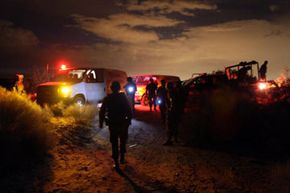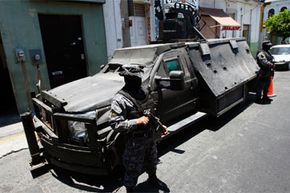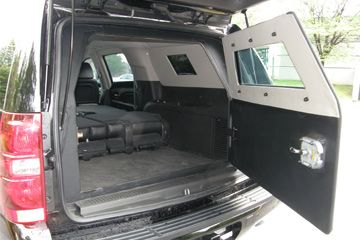Drugs are big business, and in Mexico in particular, the drug economy is having a devastating impact. Narcotics trafficking brings in nearly $40 billion to Mexico annually and the country is the gateway for 95 percent of the cocaine that finds its way to America [source: Department of Justice]. The drug game is so lucrative that in 2009, Forbes put narco kingpin Joaquin Guzman, head of the Sinaloa cartel, on its annual list of The World's Billionaires [source: Forbes]. The magazine also placed him at No.41 in its ranking of The World's Most Powerful People [source: Forbes].
In 2006, Mexico elected Felipe Calderón president, and he responded to the increasing drug-related activity in his country by launching a full-scale assault on the country’s drug cartels. Nearly five years into his term, the fight rages on. The cartels, the criminal organizations that control the production, trafficking and enforcement of the drug trade are considered the most powerful organized crime syndicate in the Western world [source: Beith].
Advertisement
Since Calderón took on the cartels, more than 34,000 lives have been claimed, more than the wars in Iraq and Afghanistan combined [sources: Ellingwood, Department of Defense]. As the war on drugs escalates south of the border, the methods each side is using are also becoming more sophisticated. For example, the U.S. government has enlisted unmanned aircraft, or drones, for high-altitude surveillance of Mexican cartel strongholds.
But this is still predominantly a ground war, and one of the emerging methods for transporting and protecting narcotics in this contentious and violent battle is a narco tank. Narco tanks, sometimes called 'los monstruos' (the monsters) by locals, are highly armored, heavily armed vehicles designed to withstand and dish out loads of punishment.
In this article, we'll explore how narco tanks are being used, how they're created and what their presence means for law enforcement. So, what does it take to create one of these road warriors? Keep reading to find out (but don't try this at home).
Advertisement




